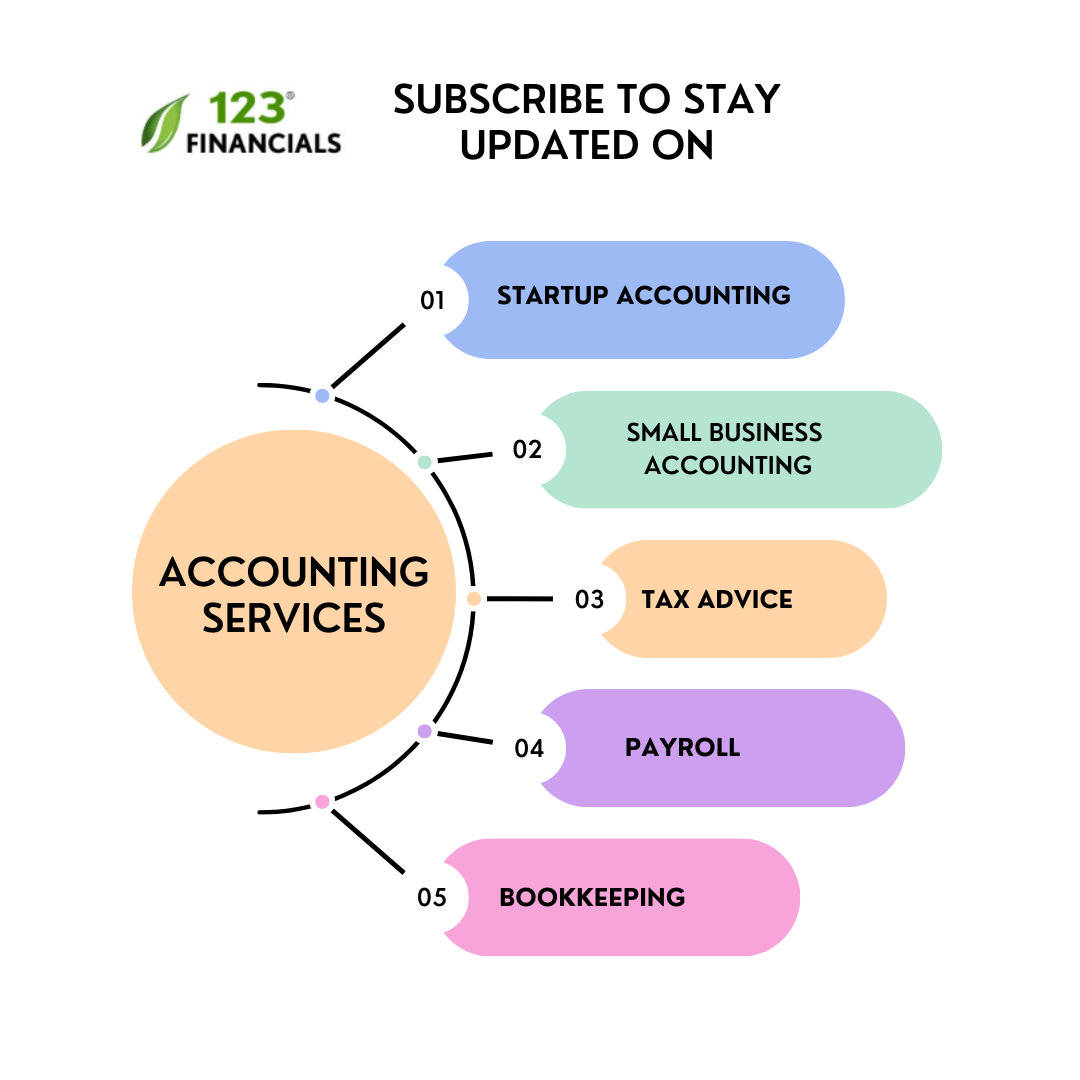The pitch deck is a presentation that business owners put together when looking for a financing round from shareholders.
Being an efficient communication tool, its use is very prevalent mostly because it’s what a shareholder expects to see before signing a contract.
Hire Small Business Accountants
Work with a UK-based accountant for tax, accounting, payroll, & EIS/ SEIS needs.
With how competitive and complicated the process of raising money is, it’s not an exaggeration to say that the pitch deck can make a difference for your company. When done effectively, pitch decks can go beyond expectations.
Table of contents
Tips to make a pitch deck for investors
1. Customising your pitch deck to your audience
One size doesn’t suit all. If you develop a master investor pitch deck, it’s essential to adapt it carefully to the requirements of different audiences and presentation forms.
Here are our best suggestions for various pitch deck types:
- Email pitch deck: these should be quick and concise but provide sufficient detail for investors to fully comprehend the opportunity because you will not be there to talk with them in person.
- One-to-one pitch deck presentation: should be extremely brief so that you can demonstrate your key information, concepts, clarify points and respond to questions as you go through.
- For a group of investors: it should be somewhere in the middle – with sufficient information to clarify things, but with a little room for you to make additional points.
2. Find an appropriate tone for your audience
Find the right kind of voice for your product and your target market. However, this doesn’t mean being dull; let your character sparkle through and show your creativity.
Tone and content can also change for various demographics – for instance, you may take an entirely distinct position for angel investors vs larger investors.
3. Clear and concise messaging
The foundation of an excellent pitch deck lies in its simplicity and conciseness. Clearly express the company’s idea, value proposition, customer base, and revenue model in an organised way.
Avoid jargon and unnecessary information, and concentrate on conveying your message intriguingly and easily.
4. Practise several times
Practise your pitch deck multiple times before presenting it. This will assist you in making sure that the content is familiar to you and that you are communicating it understandably and concisely.
5. Keep it updated
Businesses usually pitch many prospective financiers before they secure funding. Ensure that pitch decks are accurate with the latest data, including important metrics and recent achievements, before every pitch to maintain competence while preventing the presentation of out-of-date data.
| DO’s | DON’TS |
| One Idea per Slide. | Don’t make the deck too long. At max 19 slides. |
| Keep the look of the presentation consistent. | Coming unprepared will be a sure shot way to failure. |
| Create a great first impression. | Never read word-to-word from a script. |
6. What should be included in a pitch deck for investors?
- Introduction
Here, you introduce yourself to gain credibility. You can also use this part to clarify what you offer or tell about your company’s activities.
Since you want to draw attention to the company and not yourself, the more concise the introduction, the better.
- Problem
The problem slide is where you begin to tell your story.
Use as many visual cues as you require to convey your problem efficiently. You must succeed in this phase to convince your audience of the necessity of your business concept or product.
You can skip the start and jump straight into the problem. Use whatever works to capture investors’ interest.
- Solution
The solution slide must outline the way(s) in which the company solves the issues that the market you are targeting is facing. A narrative approach is the most effective way to communicate this information; give relatable examples of consumers who have improved their lives with these products.
To bolster those claims, provide descriptions and images of the actual goods or services, such as screenshots, photos, or even a live demo video.
- Traction
This part validates the business’s model by demonstrating any month-over-month growth through early sales and assistance. The goal is to mitigate any fear of risk in prospective investors.
This part can include an easy bullet point list of milestones like the number of users, yearly earnings return rate, and profit margins.
- Market size and opportunity
When developing a sales pitch structure, include an overview of your market research.
Whether or not you receive money will depend on the market. Investors can decide that funding you is too risky or that the possible return is too modest if you are in a small market.
Using sources from your studies, an excellent market slide will graph out past market expansion and future possible market growth so that shareholders can easily see your product’s prospects.
- Competitors
Unless your company idea is very niche, you will have opponents.
Dedicate one section in the presentation slides to highlighting your top competitors, what market share they control in the industry, and how you are different from the others.
- Reviews
Customer reviews add credibility, an excellent way to amaze your audience, promote more trust, and highlight the demand for your goods or services.
If your investors still need a clear idea, you can add negative audience reviews about competitors’ products to your pitch and show how your particular product can solve the problem.
- Team
A slide that introduces each staff member is necessary if your company employs more than one person.
This slide could highlight the great minds helping as advisors to your project and prospective financiers or others you are trying to convince to join you.
- Financials
Investors usually want to see a company’s financial condition for three to five years, such as income statements, projected growth, and data on the company’s operating model.
Infographics, which include pie charts or bar graphs, will be more successful in providing the data than listing numbers. The information on the traction slide can be utilised to verify the projected figures.
- Investments and funding
Sometimes, business owners will create a pitch deck that needs to include a key piece of information: the amount of cash required to fund the endeavour.
It’s essential to include the information and note how the funding will be spent to assist the company in reaching its objectives. This explanation will establish much-needed trust with investors.
Hire Small Business Accountants
Work with a UK-based accountant for tax, accounting, payroll, & EIS/ SEIS needs.
Final thoughts
Crafting an outstanding pitch deck requires careful planning, imagination, and attention to detail. By integrating the above strategies, you can create a pitch deck that connects with shareholders and compels them to act.
Remember, an excellent pitch deck is not just a presentation—it’s an effective means for helping to inspire confidence, construct trust, and get funding for your company’s venture.



















